Farnham has always been a town that wears its history with pride while looking ahead to the future. Like many places, it has experienced change — some welcome, some challenging — and its high street has evolved accordingly.
With a mix of cherished old favourites and new ventures, the town’s character continues to shift.
Recently, the closure of The Wheatsheaf came as a surprise to many, especially given the enthusiasm of its new owners less than a year ago. Meanwhile, the Woolmead, once a lively shopping precinct, is still a vast hole in the ground on East Street.
Curious about what might have shaped Farnham’s business fortunes, we decided to do a Marty McFly and travel back to 1975 — a period when the town was flourishing in different ways, yet facing some of the same challenges that persist today.
At that time, Farnham looked quite different. Brightwells Yard was little more than a glimmer in the eye of a planning officer, while the Woolmead, built only nine years previously, was a busy shopping precinct and a hub of local trade.
In 1975, Surrey County Council issued a questionnaire following the release of its Structure Plan background paper, inviting Farnham residents to share their concerns about the future of the town. And, perhaps unsurprisingly, many of the worries expressed back then still ring true today.
Post-war population growth across Surrey had been strong, but by the 1960s that boom had started to slow. The report identified several areas of concern: the scale and spread of shopping centres, ease of access, the range of retail options available, and the balance between conservation and development.But for local people, the main sticking points were traffic, parking, and the quality of services. Sound familiar?
Despite those concerns, Farnham seemed to be holding its own. The report noted: “Farnham which is probably more extensively covered by conservation areas than any other centre, appears to be flourishing and has managed to accommodate an increase in trade (in the Woolmead precinct) in a way that does not detract visually from the town.”
The town, though smaller than many of its Surrey peers, was outperforming expectations. As the report explained: “Farnham... ranks fifth in overall floor space in general stores and seventh in floorspace in major stores in Surrey. Farnham is probably serving a similar function to these centres although on slightly a smaller scale, and it does so because of the absence of competing centres to the south and southwest of the town.”
It was, in many ways, the perfect-sized town: not too big to lose its charm, but large enough to thrive.
Yet even in the 1970s, all was not rosy. The same report pointed out ongoing frustrations: “Although progress has been made in some places in improving the shopping environment, in many centres the traffic, servicing and car parking problems remain to be solved.”
Half a century later, and those problems are still very much on the to-do list.
Farnham’s historical character was, and remains, one of its greatest assets.
Along with Cranleigh, Godalming and Haslemere, it was among 14 towns in Surrey with conservation areas surrounding or including their shopping centres. The paper was clear: “These conservation areas have been designated on the basis of the character and physical appearance of the area, and it is these aspects which will be protected from major development.”
Today, though, residents increasingly feel that those protections are wearing thin. With every new development, there's a growing sense of loss — of greenery, of amenities, and of the town’s identity.
Combine that with the rising cost of doing business, limited affordable space, and the government’s increase in employers' national insurance contributions, and it's little wonder many local enterprises are struggling to stay afloat.
The east end of town, once bolstered by Woolmead’s trade, now feels like a missing piece of the puzzle.
So, just as back in the 1970s, there is hope now. Brightwells Yard is starting to stir, Wetherspoons is on its way, and plans are being mulled for the Woolmead site — even though it currently resembles something between an archaeological dig and a lunar landscape.
But unless the town can finally tackle its long-standing triumvirate of troubles— traffic, services, and parking — we may well be having this same conversation in another 50 years.
If only we could reach 88mph in our DeLorean and warn our forebears of half a century ago.

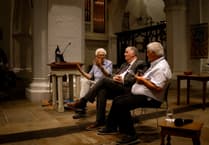
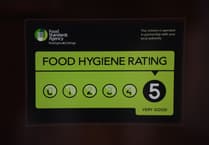
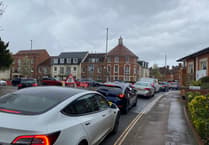
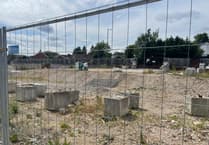
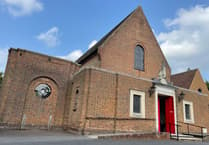
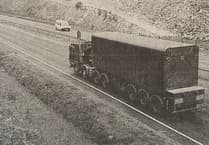
Comments
This article has no comments yet. Be the first to leave a comment.